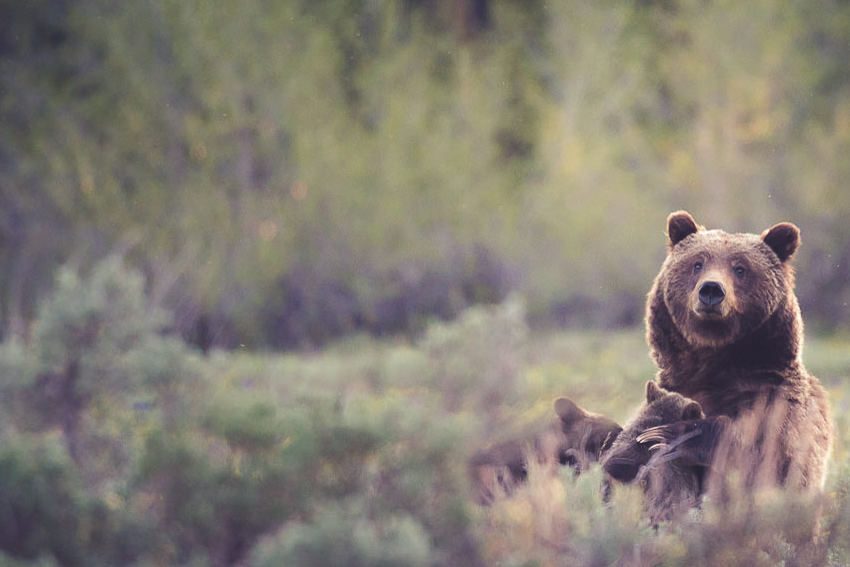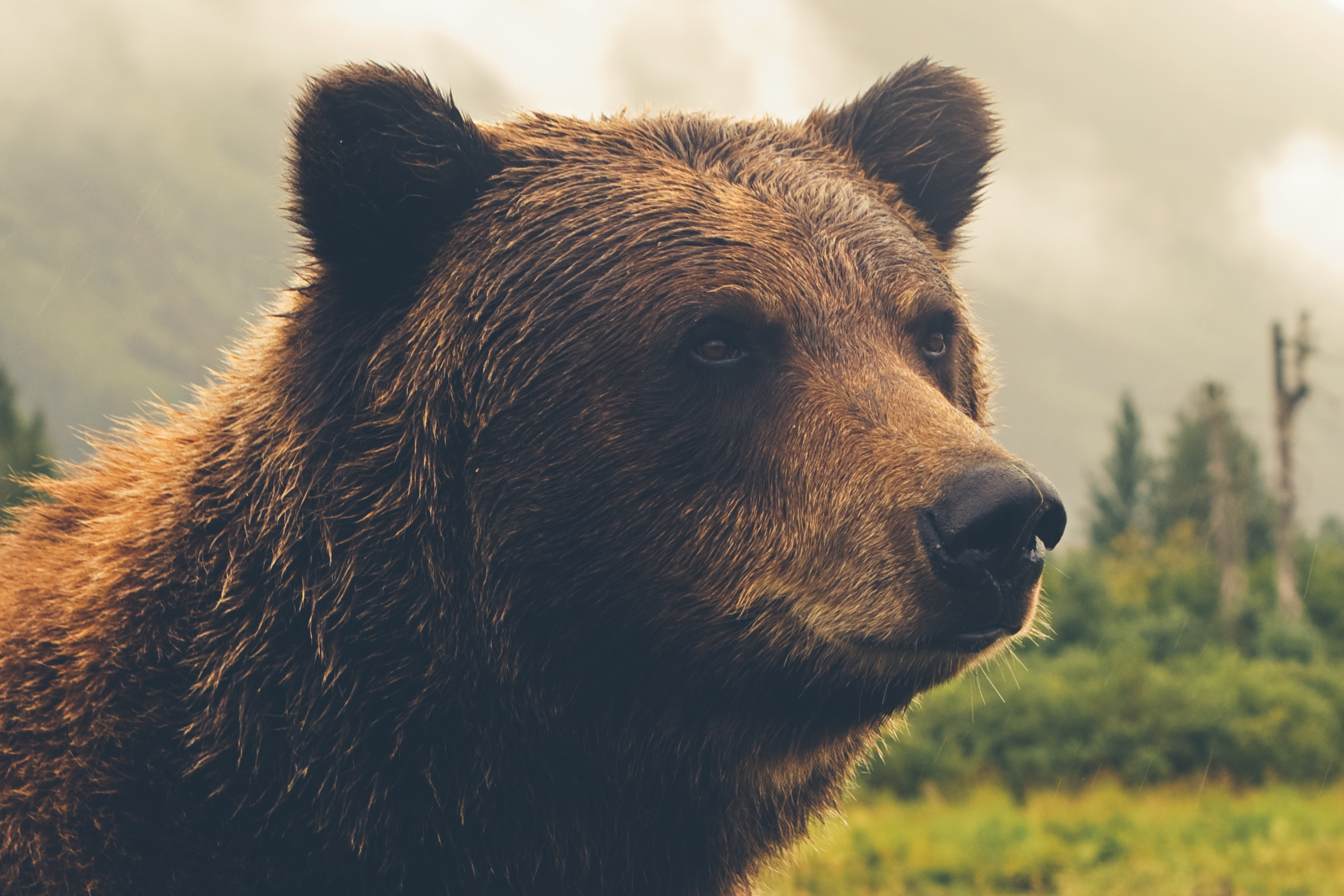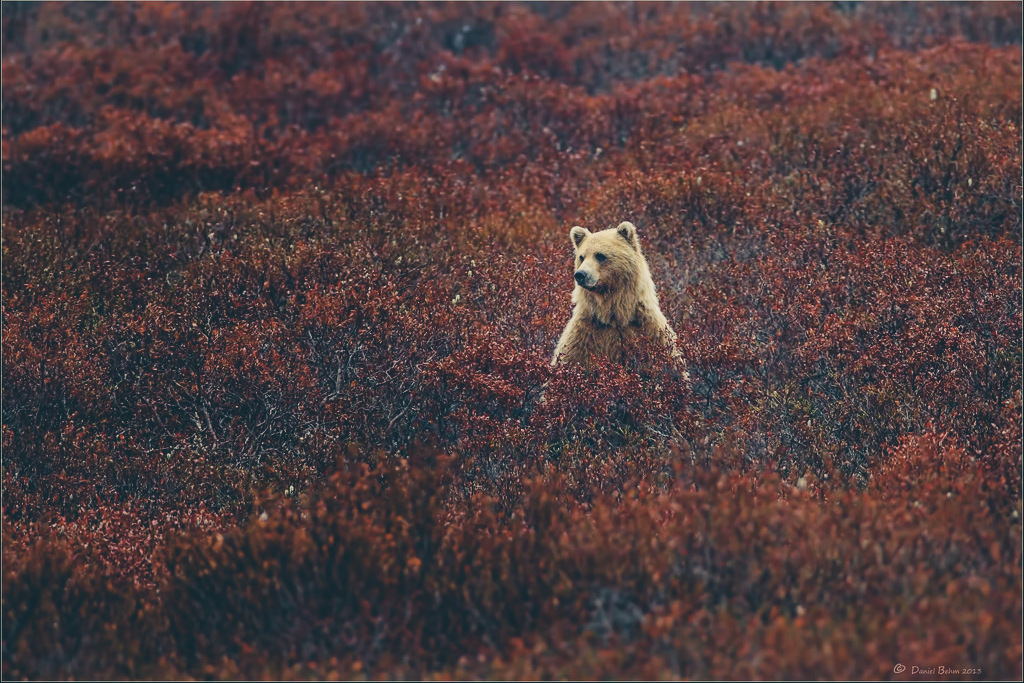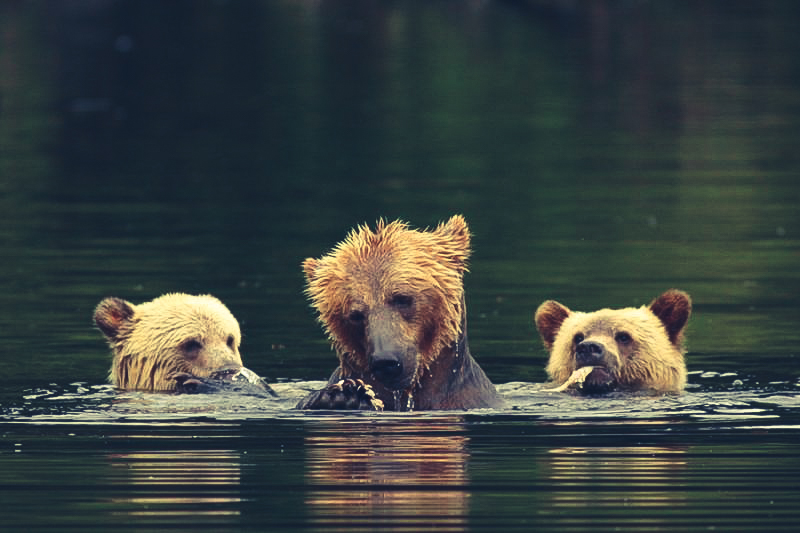
Introduction
What is our project and why is it important?
What drives movement?

What is our project and why is it important?

Find out more about Northern Yukon grizzly bears.

How did we do it?

What drives grizzly bear movement?

Our findings

ABSTRACT: Animal movement studies are important in ecological monitoring. Grizzly bear movement is linked to environmental factors, such as food availability and climate. There are variations in grizzly bear activity among different populations and within populations. This study used correlation and regression statistics to understand the underlying factors affecting grizzly bear movement. It was determined that grizzly bear activity levels are greatest in the summer when food is readily available. Movement rates were also greater for males than for females. Factors that were explicitly linked to grizzly bear density included certain vegetation classes and distance to water bodies. These vegetation classes are associated with varying degrees of shrubs, including Crowberry (Empetrum), Lingonberry (Vaccinium), snow willow (Salix Reticulata), and bearberry (Arctostaphylos), all of which are known food sources for Yukon grizzly bears. Further inferences assumed that the observed proximity to water courses is associated with predator-prey relationships. Several limitations exist due to data quality issues with the locational data and vegetation classes. However, these methods still provided a robust and simple way to understand grizzly bear movement.

Meaghan is completing a Bachelor of Science in Physical Geography with a geoscience concentration. She is obtaining a certificate in Spatial Information Systems, and Earth Sciences. She will be entering an MSc program in paleoglaciology in the fall of 2017.

Bayne is pursuing a major in Environmental Geography at SFU, with a Major in Resource and Environmental Management and a Spatial Information Systems certificate. His research interests include wildlife studies, ecological restoration, and population dynamics.

Adam is completing a bachelor's degree in Environmental Geography, and a certificate in Spatial Information Systems. He currently works at Indigenous and Northern Affairs as a Geomatics Technician.
.

Deanna is a student at Simon Fraser University with a major in Physical Geography and a certificate in Spatial Information Systems. Her other projects include simulating river flooding using Realflow and creating 3D models of soil pits using photogrammetry.

Hillary is an undergraduate student at Simon Fraser University studying Environmental Geography, and persuing a Certificate in Spatial Information Systems.